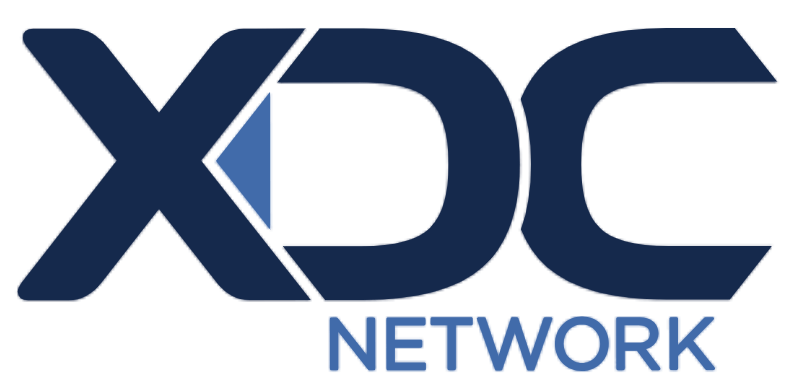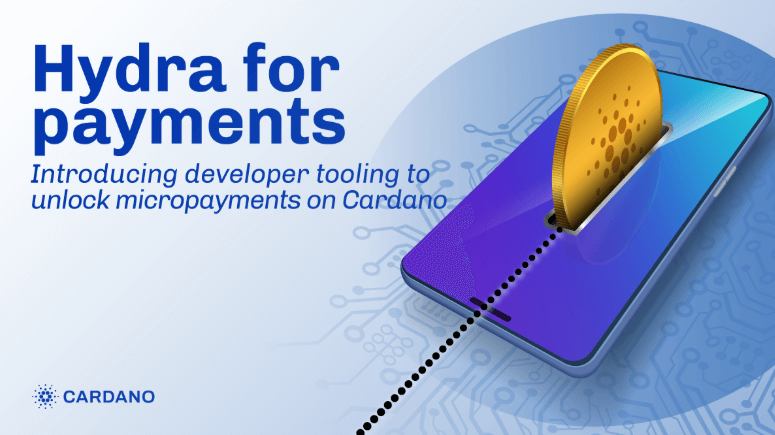Decentralized Finance (DeFi) has emerged as one of the most significant innovations in blockchain technology, with Ethereum serving as the primary platform for its development. DeFi applications have revolutionized traditional financial systems by enabling permissionless, borderless, and automated financial services. As Ethereum continues to upgrade its network, DeFi is expected to experience further growth and mainstream adoption.

Ethereum’s Role in the DeFi Ecosystem
Ethereum provides the foundational infrastructure for most DeFi applications, thanks to its robust smart contract capabilities and active developer community. Key attributes that make Ethereum the preferred choice for DeFi include:
- Security and Transparency: Smart contracts on Ethereum enable trustless transactions, reducing reliance on centralized intermediaries.
- Interoperability: Many DeFi projects can seamlessly integrate with one another, creating a thriving and interconnected ecosystem.
- Liquidity and Network Effect: Ethereum hosts the largest number of DeFi users and assets, ensuring high liquidity for decentralized exchanges and lending platforms.
Key DeFi Sectors on Ethereum
- Decentralized Exchanges (DEXs)
- Platforms like Uniswap, SushiSwap, and Curve enable users to trade cryptocurrencies without intermediaries.
- Automated Market Makers (AMMs) provide liquidity and reduce price manipulation.
- Lending and Borrowing Protocols
- Aave, Compound, and MakerDAO allow users to lend assets and earn interest or borrow against their holdings.
- Smart contract-based lending eliminates the need for credit checks and centralized banks.
- Yield Farming and Staking
- Users can earn rewards by providing liquidity or staking assets in protocols like Yearn Finance and Lido.
- Yield farming enables passive income generation through strategic allocation of assets.
- Stablecoins and Asset Management
- Ethereum-based stablecoins like USDC, DAI, and Tether offer a hedge against volatility while maintaining decentralization.
- Asset management platforms like Balancer optimize portfolio performance using automated strategies.
Challenges and Future Outlook
Despite its rapid growth, DeFi on Ethereum faces some challenges:
- Scalability Issues: High gas fees and network congestion have pushed some projects to explore Layer 2 solutions.
- Security Concerns: Smart contract vulnerabilities and exploits remain a risk for DeFi users.
- Regulatory Uncertainty: Governments worldwide are still developing frameworks to regulate DeFi activities.
Looking forward, Ethereum’s transition to Ethereum 2.0 and the adoption of Layer 2 scaling solutions like Optimistic Rollups and zk-Rollups are expected to make DeFi more accessible and cost-effective. As institutional investors enter the DeFi space, Ethereum is likely to maintain its dominance as the leading blockchain for decentralized finance.
DeFi’s continuous evolution on Ethereum is not just reshaping financial services—it is creating a new financial paradigm where users have greater control, transparency, and accessibility than ever before.
Disclaimer: This article is for informational purposes only and is not investment advice. Investors should research carefully before making any decisions. We are not responsible for your investment decisions.
















